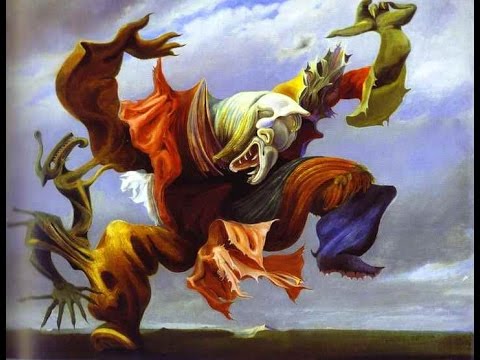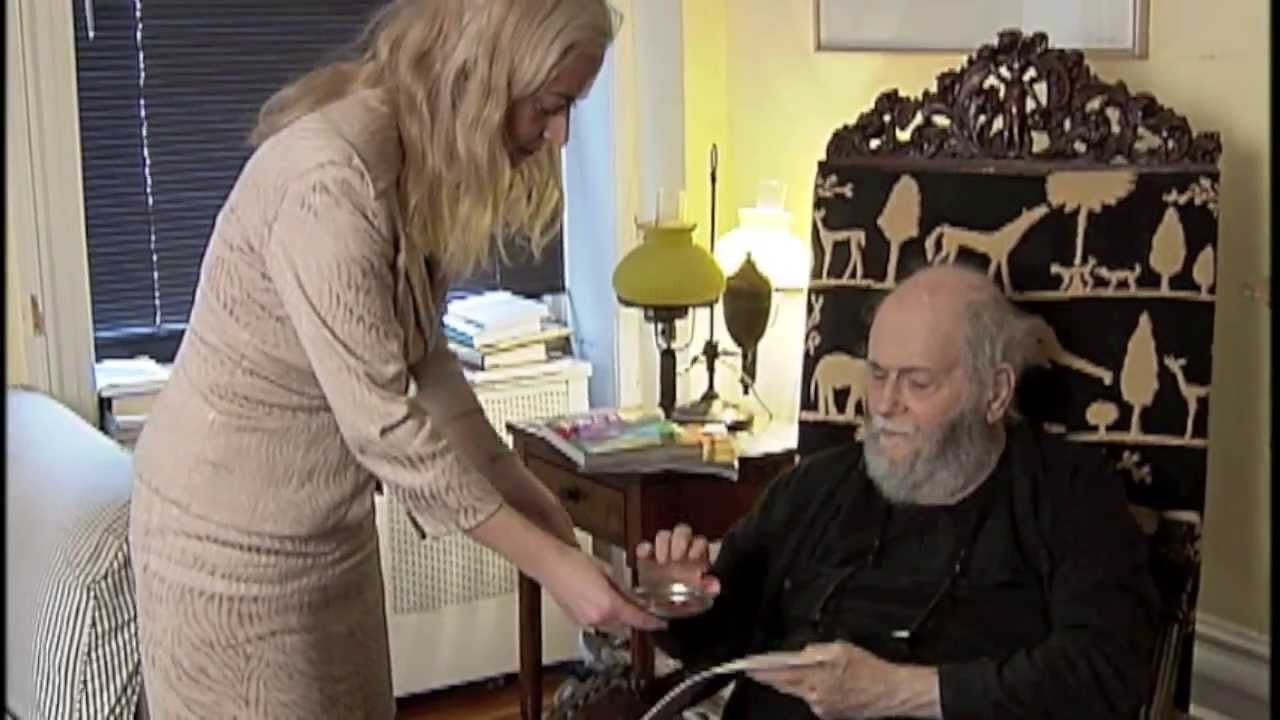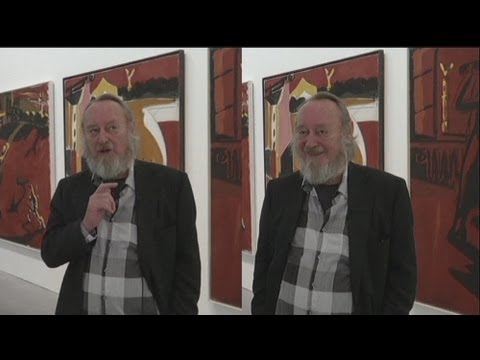Tuen Tony Kwok
Max Ernst (1891-1976) German Painter, Editor, Sculptor and collage Dadaist and Surrealist art movements
Max Ernst, in full Maximilian Maria Ernst (born April 2, 1891, Brühl, Germany—died April 1, 1976, Paris, France) German painter and sculptor who was one of the leading advocates of irrationality in art and an originator of the Automatism movement of Surrealism. He became a naturalized citizen of both the United States (1948) and France (1958).
Ernst’s early interests were psychiatry and philosophy, but he abandoned his studies at the University of Bonn for painting. After serving in the German army during World War I, Ernst was converted to Dada, a nihilistic art movement, and formed a group of Dada artists in Cologne. With the artist-poet Jean Arp, he edited journals and created a scandal by staging a Dada exhibit in a public restroom. More important, however, were his Dada collages and photomontages, such as Here Everything Is Still Floating (1920), a startlingly illogical composition made from cutout photographs of insects, fish, and anatomical drawings ingeniously arranged to suggest the multiple identity of the things depicted.
In 1922 Ernst moved to Paris, where two years later he became a founding member of the Surrealists, a group of artists and writers whose work grew out of fantasies evoked from the unconscious. To stimulate the flow of imagery from his unconscious mind, Ernst began in 1925 to use the techniques of frottage (pencil rubbings of such things as wood grain, fabric, or leaves) and decalcomania (the technique of transferring paint from one surface to another by pressing the two surfaces together). Contemplating the accidental patterns and textures resulting from these techniques, he allowed free association to suggest images he subsequently used in a series of drawings (Histoire naturelle, 1926) and in many paintings, such as The Great Forest (1927) and The Temptation of St. Anthony (1945). These vast swamplike landscapes stem ultimately from the tradition of nature mysticism of the German Romantics.
In 1929 Ernst returned to collage and created The Woman with 100 Heads, his first “collage novel”—a sequence of illustrations assembled from 19th- and 20th-century reading material and a format which he is credited with having invented. Soon afterward he created the collage novels A Little Girl Dreams of Taking the Veil (1930) and A Week of Kindness (1934).
After 1934 Ernst’s activities centred increasingly on sculpture, using improvised techniques in this medium just as he had in painting. Oedipus II (1934), for example, was cast from a stack of precariously balanced wooden pails to form a belligerent-looking phallic image.
At the outbreak of World War II, Ernst moved to the United States, where he joined his third wife, the collector and gallery owner Peggy Guggenheim (divorced 1943), and his son, the American painter Jimmy Ernst. While living on Long Island, New York, and after 1946 in Sedona, Arizona (with his fourth wife, the American painter Dorothea Tanning), he concentrated on such sculptures as The King Playing with the Queen (1944), which shows African influence. After his return to France in 1953, his work became less experimental: he spent much time perfecting his modeling technique in traditional sculptural materials.
Source
Max Ernst_(1891-1976) German Painter Dadaist and Surrealist art movements




Thank you. Where did you dig up that many collage examples? I had no idea of the depth of Ernst use of collage. In books you see the same two or three images. Mind blowing.
great video but I had to turn off the volume 100% . Can´t stand this music .Quality music of Ernst's times would have been more appropriate : Bartok, Schoenberg, Webern , Debussy, Stravinsky etc
Incredible music.
What song is playing at the beginning?
the TEACHER THE FOREFRONT OF ALL THE 20 CENTURY ARTIST HE WAS THE GODFATHER THE INVENTOR THE ORIGINAL THE greatest of the GREATS.